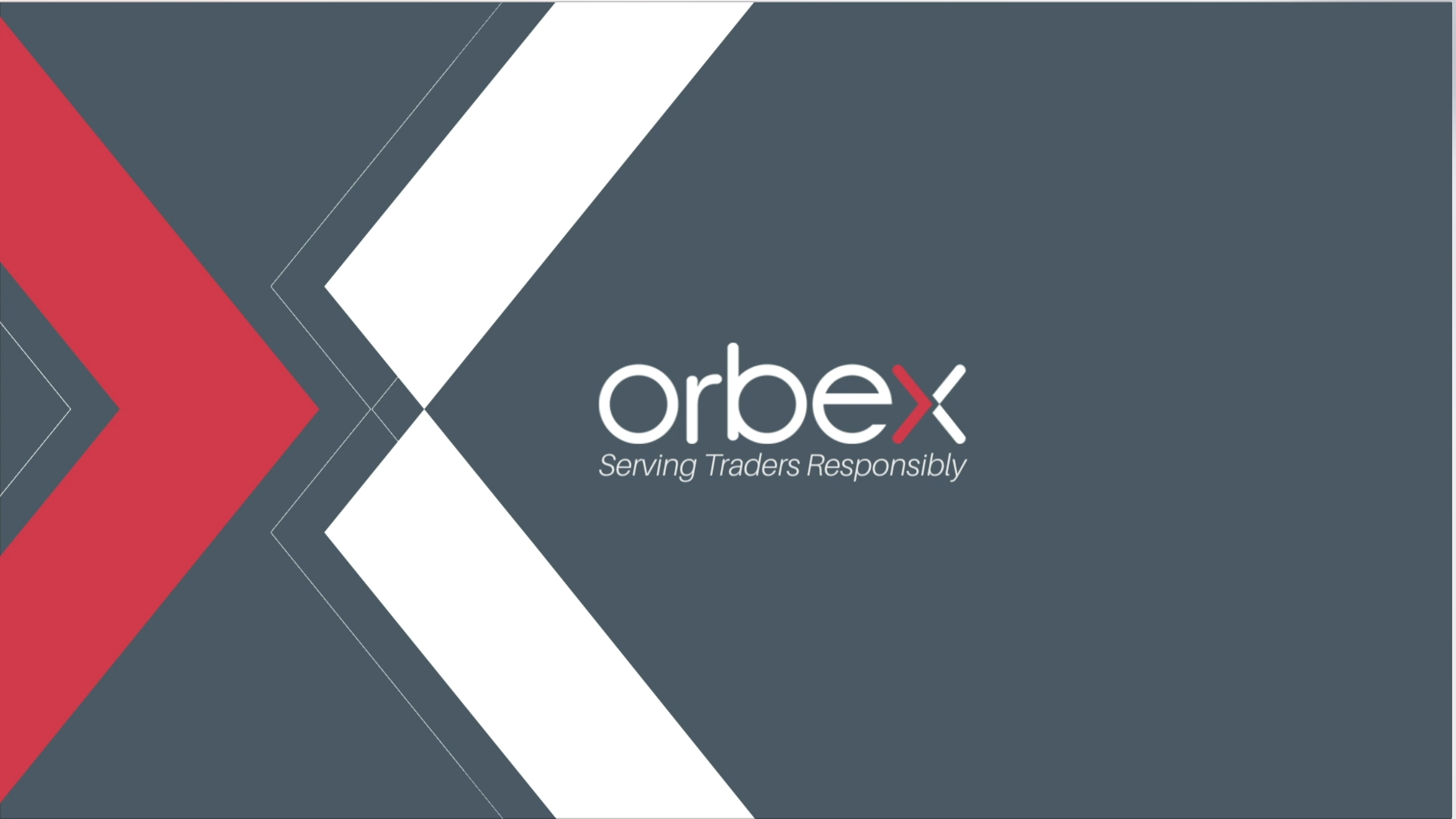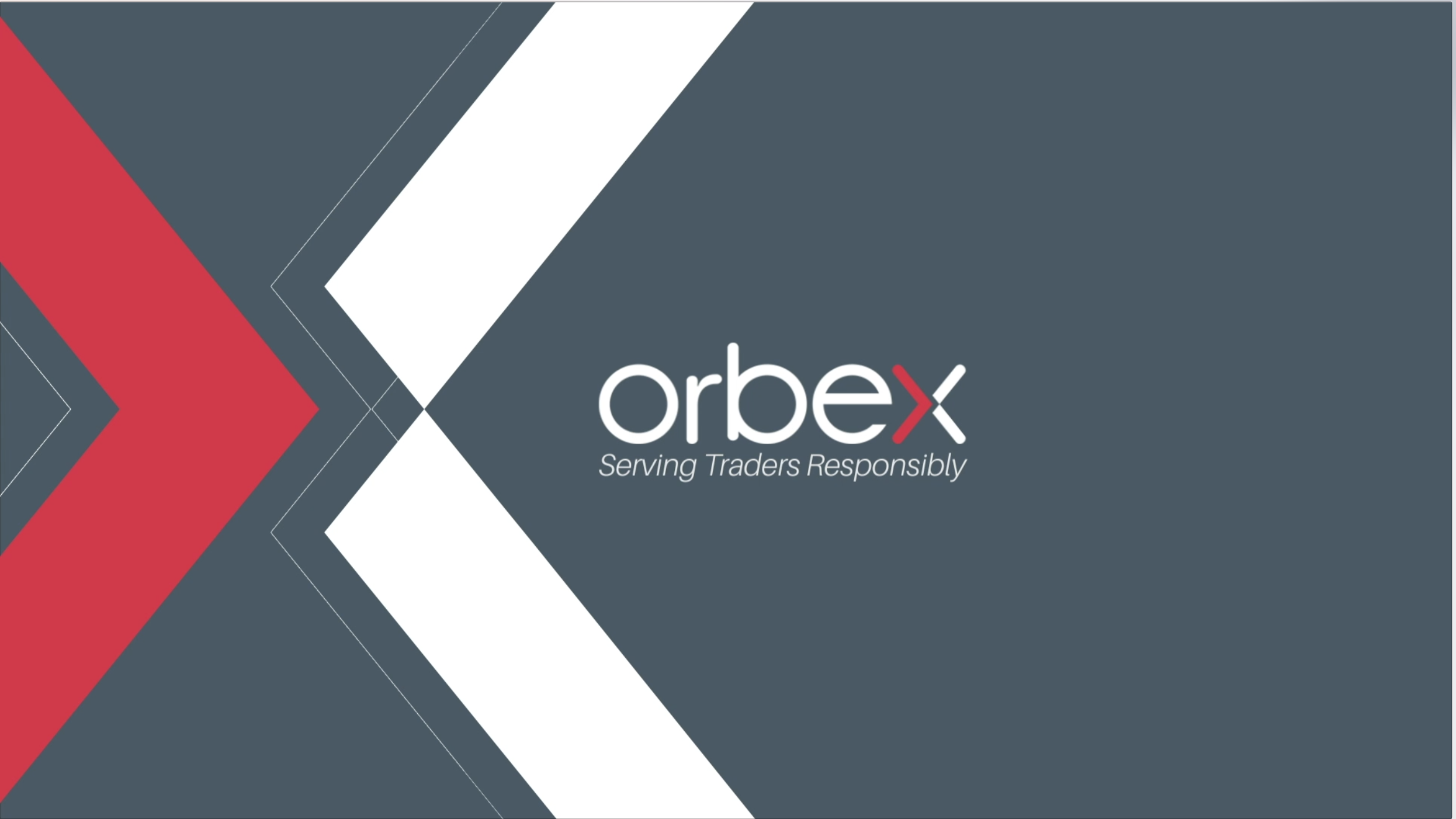US Core Consumer Price Rises as Headline CPI falls

Consumer prices in the United States fell in the month of March. The declines were broadly attributed to the decline in gasoline prices. Still, the underlying inflation pressures showed signs of picking up.
The U.S. consumer price index data or the CPI reflects what the average American paid for, from housing to healthcare. The headline CPI fell 0.1% on the month in March, marking the first decline May last year, data from the U.S. Labor department showed last week. Gasoline prices fell due to temporary factors leading to the decline.
Excluding food and energy prices, the core consumer price index rose 0.2% on the month and maintained a steady pace of growth. Cost of housing, medical and food were seen rising across the board. The core CPI data matched the economists’ expectations.
The rather mixed report suggested that inflation which has remained dormant for the most of last year was showing signs of a modest but steady pace of gain as consumer prices inch closer to the Fed’s inflation target goal. Headline CPI as seen rising 2.4% on the year in March while core CPI rose 2.1% on the year. This was the strongest annual gain in inflation in more than a year.

The annual pickup in consumer prices however came on account of a statistical quick. In 2017 last year spring, a reduction of cell phone plans on account of price battle among wireless providers pushed consumer prices lower. Over time, the effects of the shift in price fell out from the calculation of the annual inflation in March which accounted for the large increase in the annual inflation rate.
The consumer price index data suggested that inflationary pressures were building reflecting the low level of unemployment and steady hiring. Economic growth was also seen rising steadily. The Federal Reserve is targeting a 2% inflation target rate and uses the core PCE price index.
The core PCE price index showed a 1.6% increase while overall inflation was seen picking up 1.8% on the year suggesting that inflation could potentially reach the Fed’s 2% inflation target rate this year.
The central bank hiked interest rates at the March monetary policy meeting. Previously, a sudden surge in consumer prices left investors to speculate that the central bank could start hiking rates at a faster pace than expected.
In a separate report released last week, data showed a healthy pick up in earnings in the U.S. The weekly earnings when adjusted for inflation was seen rising 0.4% on a month over month basis in March.
U.S. Producer Prices rise steadily in March
Last week also saw the release of the producer price index data. The gauge of U.S. business prices was seen rising steadily in the month of March suggesting that inflationary pressures were building up at the factory gate.
The PPI data which measures the prices at which businesses receive for their goods and services was seen rising 0.3% on a seasonally adjusted basis in March compared to the month before. Excluding the volatile food and energy prices, core PPI data was seen rising 0.4% on the month as well.
The data was better than expected as economists forecast that headline PPI and core PPI would rise 0.2% and 0.2% respectively during the month in March.
On an annual basis, producer prices were seen rising 3.0% in March while core PPI rose 2.7%. PPI excluding food, energy and trade services gained 2.9% on the year in March.
The annual gains in producer prices were seen rising since 2016 with the effects of falling gas prices eventually fading.
The data for March showed a continued increase in the PPI with services prices driving inflation higher.
In a separate report, an index that tracks the raw material prices for the manufacturing industries was seen rising to the highest level in April 2011. Wage growth was also seen rising at more or less the same pace.
With a continued pick up in the U.S. labor market and wage growth consumer prices are likely to edge higher towards the Fed’s 2% inflation target rate.




